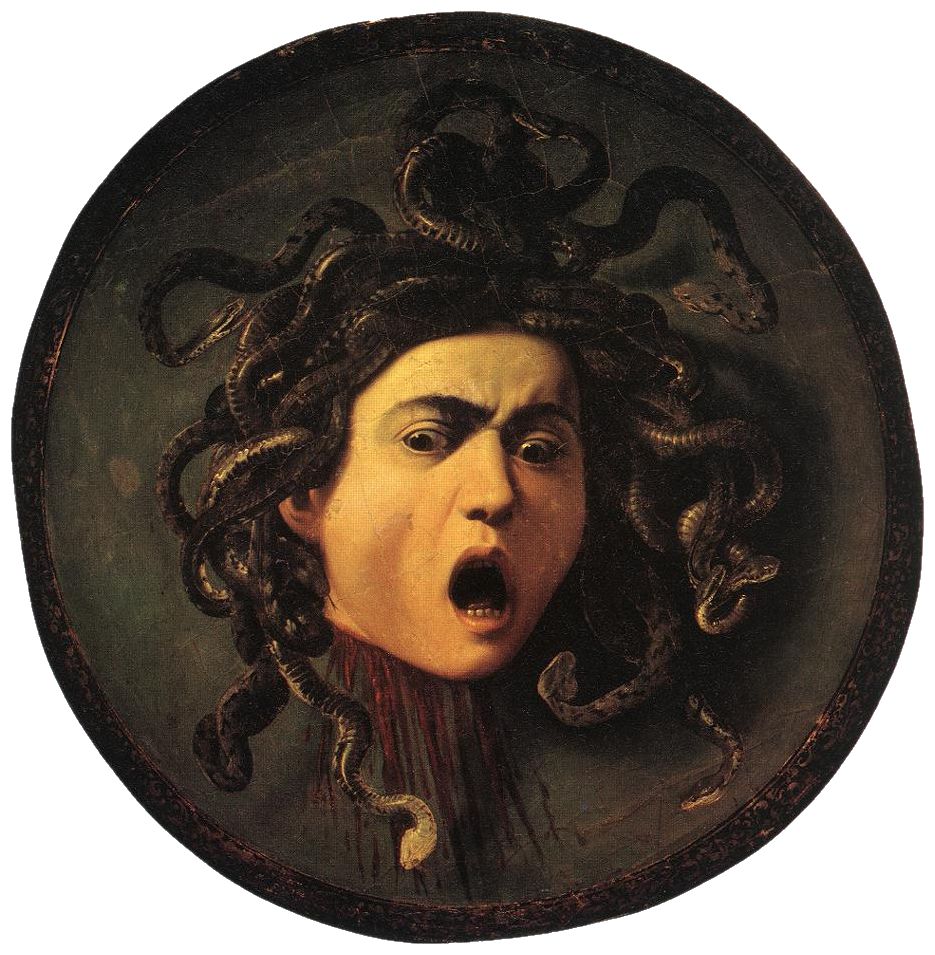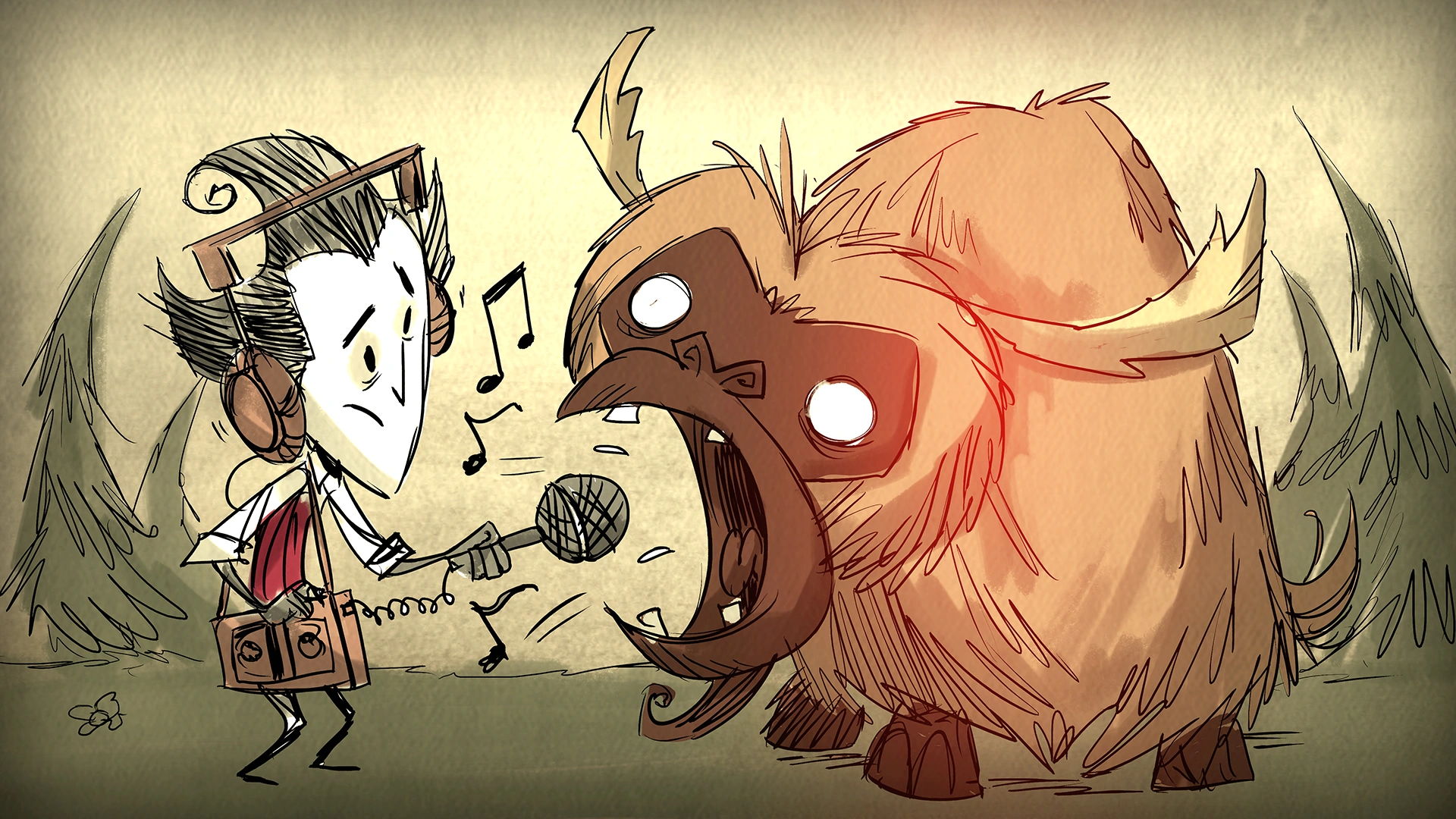This week, I wanted to give a shout out to a really interesting vintage Swords & Sorcery tale, "The Seven Geases":
Written by Clark Ashton Smith (one of the Big Three of the Golden Age of Weird Fiction, alongside RE Howard and HP Lovecraft), "The Seven Geases" is part of the Hyperborean cycle, a fictional prehistoric setting influenced by Smith's friends Lovecraft and Howard that mixes Cosmic Horror with Iron Age technology, and part of the Cthulhu Mythos.
The story follows Ralibar Vooz, a Commoriom noble out to hunt some Voormis, a race of yeti-like bipeds. Unfortunately for the warrior, he interrupts a sorcerer in the middle of a casting a spell:
"Know that I am the sorcerer Ezdagor," proclaimed the ancient, his voice echoing among the rocks with dreadful sonority. "By choice I have lived remote from cities and men; nor have the Voormis of the mountain troubled me in my magical seclusion. I care not if you are the magistrate of all swinedom or a cousin to the king of dogs. In retribution for the charm you have shattered, the business you have undone by this oafish trespass, I shall put upon you a most dire and calamitous and bitter geas."
As a punishment for his insolence, Ralibar Vooz is magically forced to venture into the depths to seek out the toad-like god Tsathoggua and to offer himself as a sacrifice. (Un)fortunately, Tsathoggua has no need for the noble as a sacrifice and places a second geas upon him to seek out the spider-god Atlach-Nacha and to offer himself as a sacrifice. So, once again, Ralibar Vooz battle his way through the darkness and horror, only to have a THIRD geas placed upon him!
This happens four more times.
First published in the October 1934 issue of Weird Tales, this is a fun, witty and well-written read. I would say that "The Seven Geases" is *TECHNICALLY* a Swords & Sorcery story (in the sense that there are swords and sorcery present) but there's relatively little action. Instead, the focus is more on Horror and Weird Fiction, as Ralibar Vooz has to put up with a *LOT* of crap. Moreover, there's a dark sense of humor to this yarn, especially with the highly unexpected ending!
Also, if you like High Gygaxian (e.g., the 1e AD&D DMG), this yarn is filled with obscure SAT words! Just the first paragraph features scaurs, scoriac, blazonries, and catoblepas!
Speaking of D&D, actually, it's a bit surprising that Messr Smith is absent from Appendix N of the 1e DMG, especially given that Smith's friends Lovecraft and Howard are listed and that "The Seven Geases" is likely the inspiration for the 6th level Geas spell:
Geas (Enchantment/Charm)Level: 6 Components: V Range: Touch Casting Time: 4 segments Duration: Special Saving Throw: None Area of Effect: Creature touchedExplanation/Description: A Geas spell places a magical command upon the creature (usually human or humanoid) to carry out some service, or refrain from same action or course of activity, as desired by the spell caster. The creature must be intelligent, conscious, and under its own volition. While a Geas cannot compel a creature to kill itself, or to perform acts which are likely to result in certain death, it can cause almost any other course of action. The spell causes the geased creature to follow the instructions until the Geas is completed. Failure to do so will cause the creature to grow sick and die within 1 to 4 weeks. Deviation from or twisting of the instructions causes corresponding loss of strength points until the deviation ceases. A Geas can be done away with by a Wish spell, but a Dispel Magic or Remove Curse will not negate it. Your referee will instruct you as to any additional details of a geas, for its casting and fulfilment are tricky. and an improperly cast Geas is null and void immediately (cf. Wish).
That's pretty much how it goes in this story. There are also other classic D&Disms (e.g., underground action, the astral plane, etc.)
So, if you want to read a terrifying tale from one of the greats of Weird Fiction, check out this ripping yarn!

.jpg)







